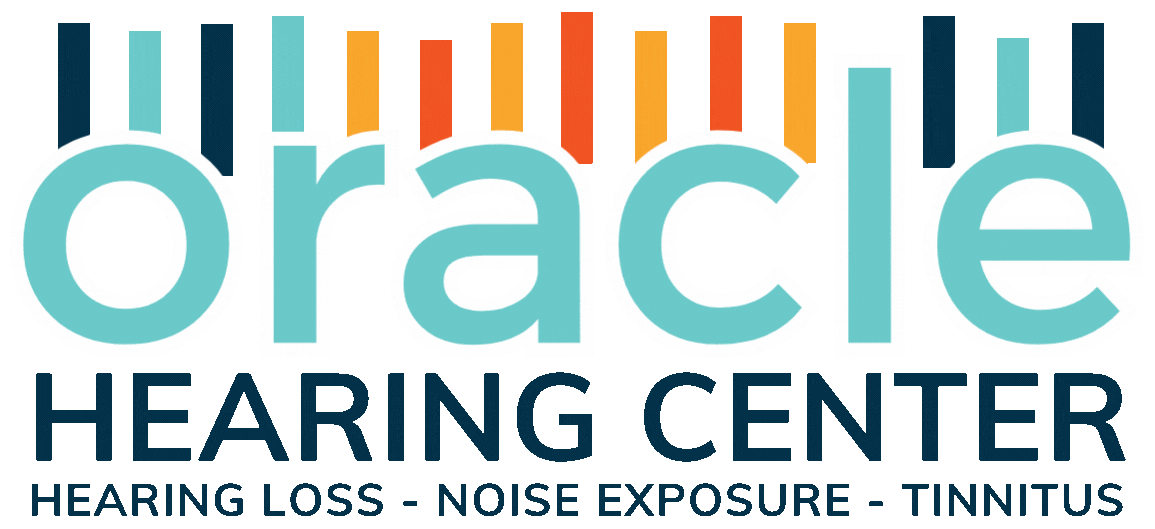Telecoils and Hearing Loops
As a Central Jersey local, I’ve come to appreciate all that the rich culture the local arts have to offer. Now as an audiologist in Lawrenceville, NJ, I also understand how limiting that experience might be when hearing loss is present. There may still be a struggle hearing over distance in environments such as a large theater, even with the best hearing aid technology. Enter telecoil and hearing loop technology.
Telecoils, also known as “t-coils”, are small copper wires coiled discreetly inside a hearing aid, and can receive electromagnetic signals from a variety of sources. They are generally activated easily with a touch of a button.
Hearing loops are inductive loops that provide a magnetic, wireless signal. This signal is picked up by hearing aids with t-coils when the t-coil setting is activated. When a public setting is fit with a loop system, such as a theater, any conversation being broadcast on the facility’s audio system can be sent directly into the activated telecoil of the listener.
Telecoil technology is not new; it has been built into hearing aids for nearly 50 years. They were originally embedded in hearing aids to pick up electromagnetic signals from landline telephones so that hearing aid wearers can hear better on the phone. Although today’s telephones are no longer built to emit the same magnetic signals they used to, many still contain hearing aid compatible magnetic components that emit a magnetic signal which facilitates hearing aid t-coil use.
When used with hearing loops, telecoils can drastically enhance listening experience in public spaces, such as theaters, churches, classrooms, and even subway systems.
Here is an example of the difference a loop makes in receiving directions using a loop in a busy subway system:
https://www.youtube.com/watch?time_continue=5&v=Ahbz0VvlZF0
For a clear explanation of how it works, check out this link:
https://www.youtube.com/watch?v=p_Ta6l7SVwI
If you already have hearing aids, ask your audiologist about whether or not you have built in telecoil technology, and if so, activate it as a manual program. If you are in the market for hearing devices, make sure you’re fit with a model that includes t-coils.
Look for this logo in public places, as venues offering hearing loop technology are identified by a blue sign featuring a white ear icon and the letter “T” displayed in the lower, right-hand corner.

For Central Jersey locals, Mccarter Theatre in Princeton lists hearing loop accessibility on its website, so make sure your hearing aids are programmed to be hearing loop ready! For a list of other hearing loop friendly venues, you can use ALDlocater.com, Time2loopAmerica.com, and loopfinder.com.
Happy listening!
